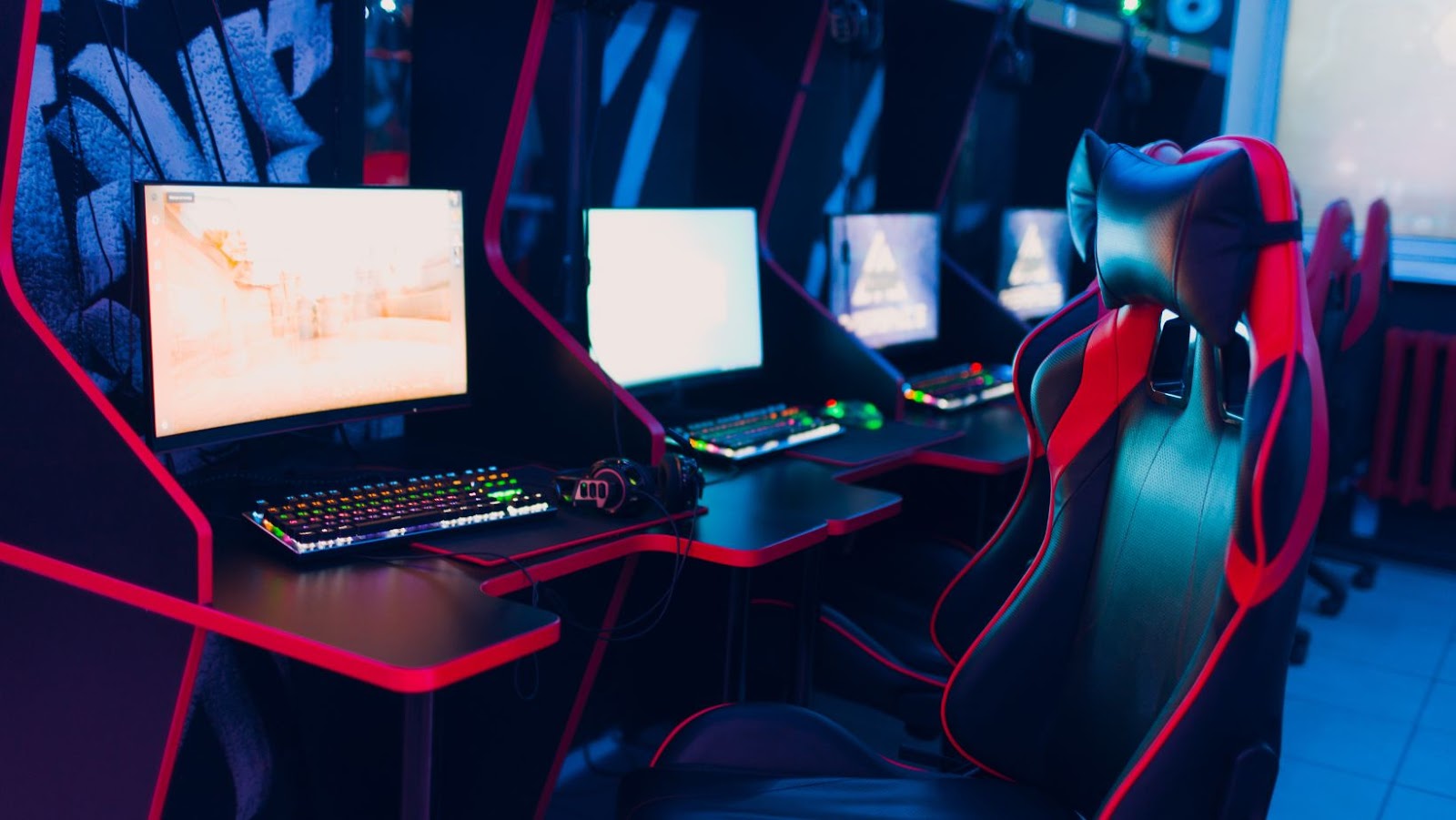 What is a Good Refresh Rate for Gaming
What is a Good Refresh Rate for Gaming
The refresh rate, quantified in Hertz (Hz), signifies the number of times a monitor updates with new images each second. For instance, a 60Hz refresh rate denotes that the screen refreshes 60 times per second. High refresh rates translate into more frequent image updates, generating a smoother visual experience.
Understanding this concept bears importance due to its effect on gaming. It’s conditional, contingent on the types of games played. Fast-paced, action-filled games like first-person shooters demand high refresh rates to keep up with the rapid action and changes on screen.
In gaming, especially in competitive scenarios, refresh rates hold paramount importance. A higher refresh rate reduces the time between frame updates, correlating to quicker response times and crisper image quality. For instance, fast-paced action games benefit significantly from high refresh rates, as quick movements and sudden gameplay changes become more fluid and clear.
However, it’s not a one-size-fits-all scenario, the impact of refresh rate differs based on the game’s nature and player’s hardware. Strategy-based games, that have less rapid movements, may not require such high refresh rates. Similarly, a monitor with a high refresh rate has little bearing if the graphics card cannot generate enough frames per second. Hence, optimizing refresh rates for gaming is as crucial as understanding their significance.
 The Impact of Refresh Rate on Gaming Experience
The Impact of Refresh Rate on Gaming Experience
In the realm of gaming, refresh rate bears a paramount importance, molding the gaming experience. This section elucidates the differential impact of lower and higher refresh rates on gaming, as well as the tangible effects of a high refresh rate.
A low refresh rate, typically 60Hz, renders 60 images per second. Though it’s satisfactory for casual gaming or slower paced games, in high action-packed games like first-person shooters, it may end up causing ghosting or screen tearing. On the other hand, high refresh rates such as 120Hz, 144Hz, or even 240Hz, churn out more images per second. This results in smoother, more fluid visuals, offering a better gaming experience. However, it’s equally essential for the device’s hardware to keep up with the high refresh rate. Hence, a seamless gaming experience depends on balance – a powerful enough hardware coupled with an optimized refresh rate.
In the practical world of gaming, a high refresh rate translates to a decisive advantage. In fast-paced games where the stakes are high and every millisecond counts, gamers boasting high refresh rate monitors have an edge. They experience smoother animations, minimal input lag, and swift response time – pivotal factors during intense gaming showdowns. Even in vibrant open world games, it enhances the levels of immersion as the visuals appear clearer and more lifelike. However, increased refresh rates demand potent hardware and graphics capabilities. This makes it crucial for gamers to consider their system specifications before opting for a high refresh rate monitor.
 Determining What is a Good Refresh Rate for Gaming
Determining What is a Good Refresh Rate for Gaming
In the journey of identifying a good refresh rate for gaming, understanding the game genre and acknowledging available hardware takes front stage. This section highlights key elements gamers must evaluate to arrive at an optimal value for a good refresh rate.
The choice of game genre directly impacts a player’s perception of a good refresh rate. In genres that require rapid motion and quick reflexes, such as first-person shooter games and racing games, a high refresh rate, above the average 60Hz, greatly enhances gameplay. It provides smoother visuals, eliminating blur and enabling real-time actions. For example, in first-person shooter games like “Call of Duty,” where a split-second decision can decide victory or loss, a monitor with a 144Hz or 240Hz refresh rate can make a significant difference.
Meanwhile, in slow-paced genres like strategy games and role-playing games, where precision beats speed, a standard 60Hz refresh rate suffices. Such games, like “Civilization VI” or “The Elder Scrolls V: Skyrim,” won’t notably benefit from a higher refresh rate.
Elevating your gaming refresh rate also necessitates capable hardware. High refresh rates demand powerful graphic cards to output the required number of frames per second. Therefore, if you’re eyeing that 144Hz or 240Hz monitor, ensure your hardware can keep up.
For instance, if you’re gaming on a PC with an NVIDIA GTX 1060 graphics card, you’ll comfortably handle most games at 1080p with a 120Hz refresh rate. Yet, for a 240Hz refresh rate at the same resolution, a more potent graphics card, like the NVIDIA RTX 2080, becomes necessary.